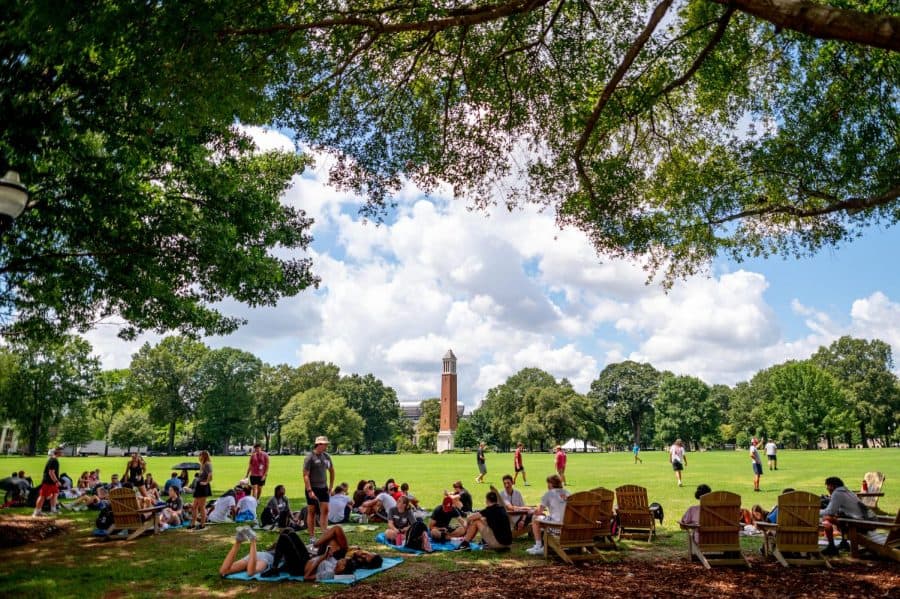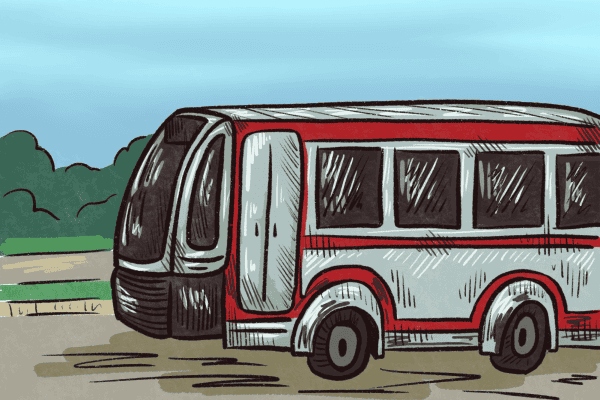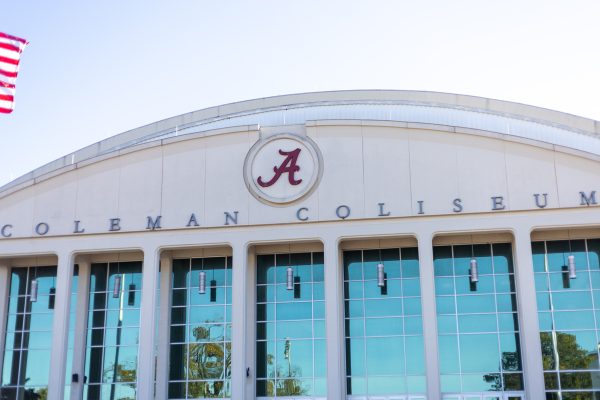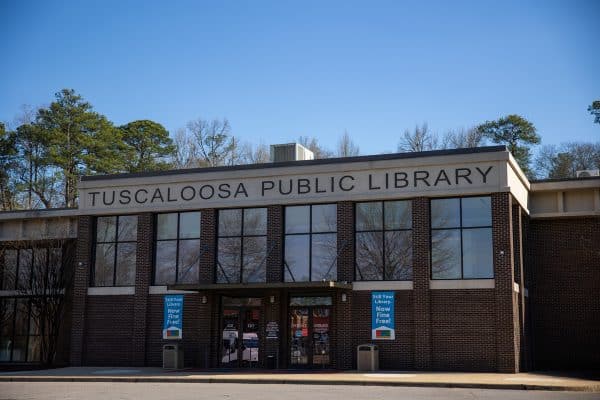Opinion | It takes a third place to make a campus
October 30, 2022
The theory of “third places” is a sociological concept that reframes the significance of the spaces where people spend time that are neither their places of work nor their homes. They take the form of libraries, churches and other settings of social engagement where people come together and congregate outside the monotony of day-to-day life.
While bars, cafes and small businesses technically constitute third places, they often presuppose the expectation of payment. For students who desire a flourishing social life in tandem with their studies, the monetization of these spaces often results in over-indulgence.
When students look to enjoy a night out in Tuscaloosa, for instance, they often find themselves drinking when they are not parched or eating when they are not hungry. The commodification of students’ social lives has proven a great detriment to their quality of life and well-being while enrolled in school.
In a century when younger people are becoming precipitously less religious, education more digitized and prices inflated, the question arises as to where students end up going.
Regrettably, the answer is simple: they stay inside.
These conditions breed alienation, a deeply troubling reality considering third places are the cornerstone of a healthy civil society. In the case of high schoolers, the Atlantic reported that “12th-graders in 2015 were going out less often than eighth-graders did as recently as 2009.”
And as these trends continue to grow, especially in the aftermath of the pandemic, it is essential to remember that many of those middle and high schoolers of 2015 are the college students of today.
This drop in social interaction among younger people, as they experience a great retreat into their homes and thus into social isolation, is the consequence of an outside world shaped to prioritize profitability and automation rather than human-centered connection.
While the campus here at The University of Alabama is still undoubtedly capable of providing people with memorable experiences, all the while fostering a sense of a student-oriented community, this is more in spite of the circumstances on campus and a testament to students’ willingness to build connection amidst an otherwise alienating environment.
One way to solve the problems associated with third places could be learned through The University of Virginia’s 1515 project, a student third space unveiled in 2017 on Charlottesville’s Corner, their equivalent of The Strip. The creation of this third space included the work and creative input from hundreds of actual students, a display that gave students real power to affect the arrangement of their campus and the surrounding area.
The interior contains a stage, student artwork and all the expressive features characteristic of a proper third place. Here, students are able to meet, study, socialize, relax and most importantly, meet new people.
The University of Alabama deserves its own 1515. That is to say, students deserve a University-owned, alcohol-free space that brings together students from all backgrounds. Perhaps the creation of an “1831” would allow students to self-regulate and foster a sense of belonging, no matter the particular major or interests of any given student.
A great deal of the alienation students experience on campus may be attributed to the hyper-fragmentation which occurs during their first year on campus. During orientation, Bama Bound orientation students are often eager to find a friend group and cling to the first people out of a precarious fear that they will fall behind socially.
As time goes on, students will ultimately gravitate towards the people they meet in the organizations they become a part of, if they join them at all. Throughout this evolution of a student’s social life, rarely do they find the opportunity to branch out of the bubbles formed in their first year.
It is time to propose a material reconfiguration of space on campus to usher in a new wave of student connection and a freeing up of the constraints which hold back the emergence of new relationships.
The introduction of non-commodified third places that are both inclusive and student-run would break down social barriers and dramatically reduce the sense of alienation that too often permeates the conventional institutions of higher education. The University of Alabama should and has the ability to become a leading pioneer in promoting student interconnection by implementing student-oriented third places.










